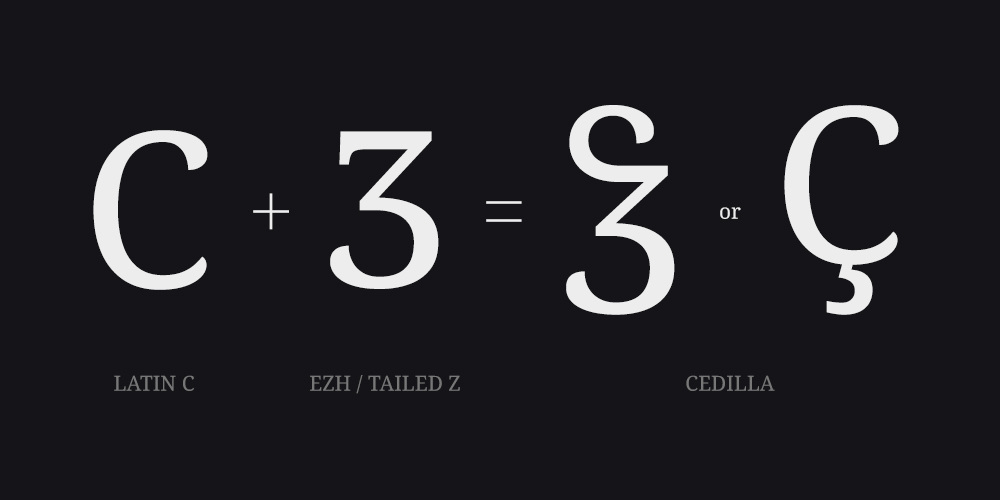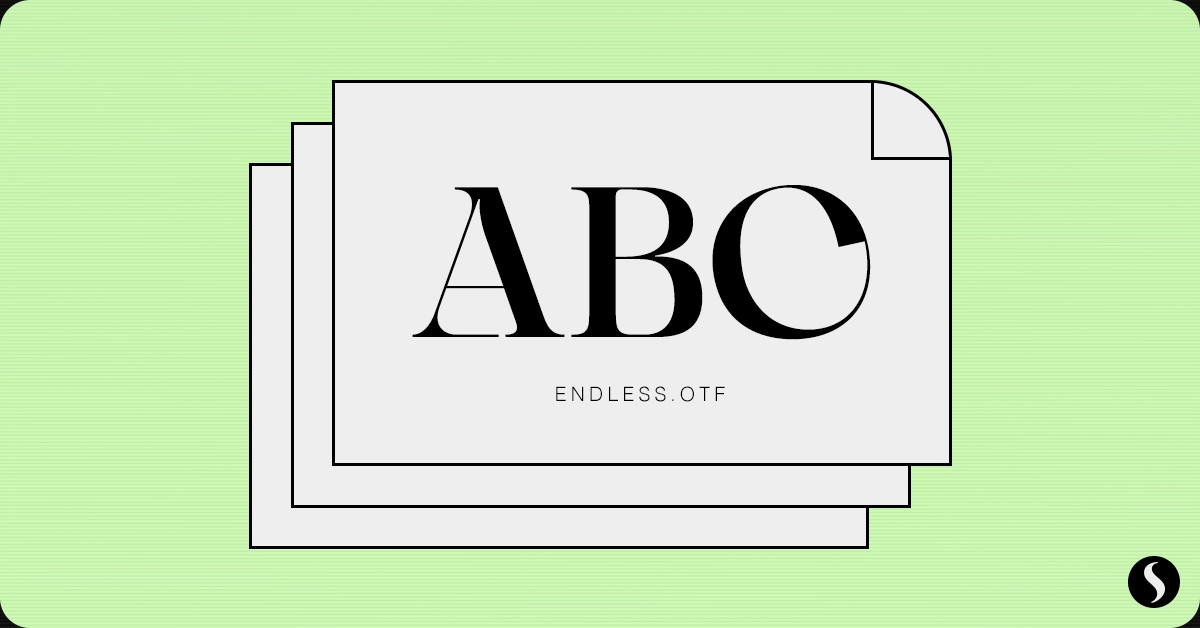EXPLORE OTHER BLOGS
What is a Cedilla?
Unraveling the mysterious hook beneath letters
Information
In the world of language, there are fascinating subtleties that shape the way we communicate. One such intriguing element is the cedilla, a diacritical mark often overlooked but with a significant impact on pronunciation. In this blog, we'll delve into the world of the cedilla, exploring its origin, usage, and influence in various languages.
The Origin of the Cedilla
The cedilla has a long and rich history, tracing its roots back to the Middle Ages. Its name originates from the Spanish word "cedilla," meaning "little z." Originally, it appeared as a tiny letter "z" beneath the letter "c." Over time, the shape evolved into the familiar comma-like hook that we recognize today.
How to Pronounce 'Cedilla'
The word "cedilla" is pronounced /sɪˈdɪlə/. The "c" is pronounced as "s," and the emphasis is on the second syllable. It sounds like "sih-DIL-uh." The cedilla itself is a diacritical mark (¸) placed under the letter "c" in some languages to indicate a soft "c" sound, as in the word "façade."
The Cedilla's Purpose
The primary role of the cedilla is to transform the pronunciation of certain letters, creating distinct sounds that significantly impact the meaning of words. By adding this small yet powerful accent, languages provide us with a more nuanced and melodious way of speaking.
The Application of Cedilla in Various Languages
French: Known for its elegance and sophistication, employs the cedilla beneath the letter "c." When "c" is adorned with a cedilla (ç), it takes on a soft "s" sound before the vowels "a," "o," or "u." For example, "garçon" is pronounced "gar-son," giving the word a graceful and fluid tonality.
Portuguese: Similar to French, Portuguese uses the cedilla beneath the letter "c" (ç) as well. The cedilla changes the pronunciation of "c" from a hard "k" sound to a soft "s" sound before the vowels "a," "o," or "u." This elegant linguistic touch adds an air of mellowness to words like "açúcar" (sugar).
Catalan: A Romance language spoken in Spain and parts of France and Italy, also embraces the cedilla beneath the letter "c" (ç). Following the pattern of French and Portuguese, it softens the "c" to an "s" sound when placed before the vowels "a," "o," or "u."
Portuguese: Similar to French, Portuguese uses the cedilla beneath the letter "c" (ç) as well. The cedilla changes the pronunciation of "c" from a hard "k" sound to a soft "s" sound before the vowels "a," "o," or "u." This elegant linguistic touch adds an air of mellowness to words like "açúcar" (sugar).
Catalan: A Romance language spoken in Spain and parts of France and Italy, also embraces the cedilla beneath the letter "c" (ç). Following the pattern of French and Portuguese, it softens the "c" to an "s" sound when placed before the vowels "a," "o," or "u."
Lesser-Known Uses
Beyond the prominent examples in French, Portuguese, and Catalan, the cedilla appears in other languages as well. In Latvian, it takes the form of a comma beneath the letters "ģ" and "ķ," representing soft sounds similar to the "g" and "k" respectively.
Final Thoughts 🤔
In the intricate world of language, diacritical marks like the cedilla add depth and nuance to our words, opening up a myriad of possibilities for expression and communication. The cedilla, with its humble yet influential hook beneath letters, softens sounds and enriches the cultural tapestry of various languages.
Next time you encounter a cedilla, take a moment to appreciate the subtle beauty it brings to words, allowing them to dance on our tongues with grace and flair. Embrace the cedilla as a testament to the ingenuity of language and its ability to continually enchant and captivate us.
Next time you encounter a cedilla, take a moment to appreciate the subtle beauty it brings to words, allowing them to dance on our tongues with grace and flair. Embrace the cedilla as a testament to the ingenuity of language and its ability to continually enchant and captivate us.




fig.1: Cedilla Evolution
fig.2: Manuel Barata (luc.devroye.org)
fig.3: Lisa Fagin (twitter.com)
fig.4: Lusiadas (script.byu.edu)
fig.2: Manuel Barata (luc.devroye.org)
fig.3: Lisa Fagin (twitter.com)
fig.4: Lusiadas (script.byu.edu)



